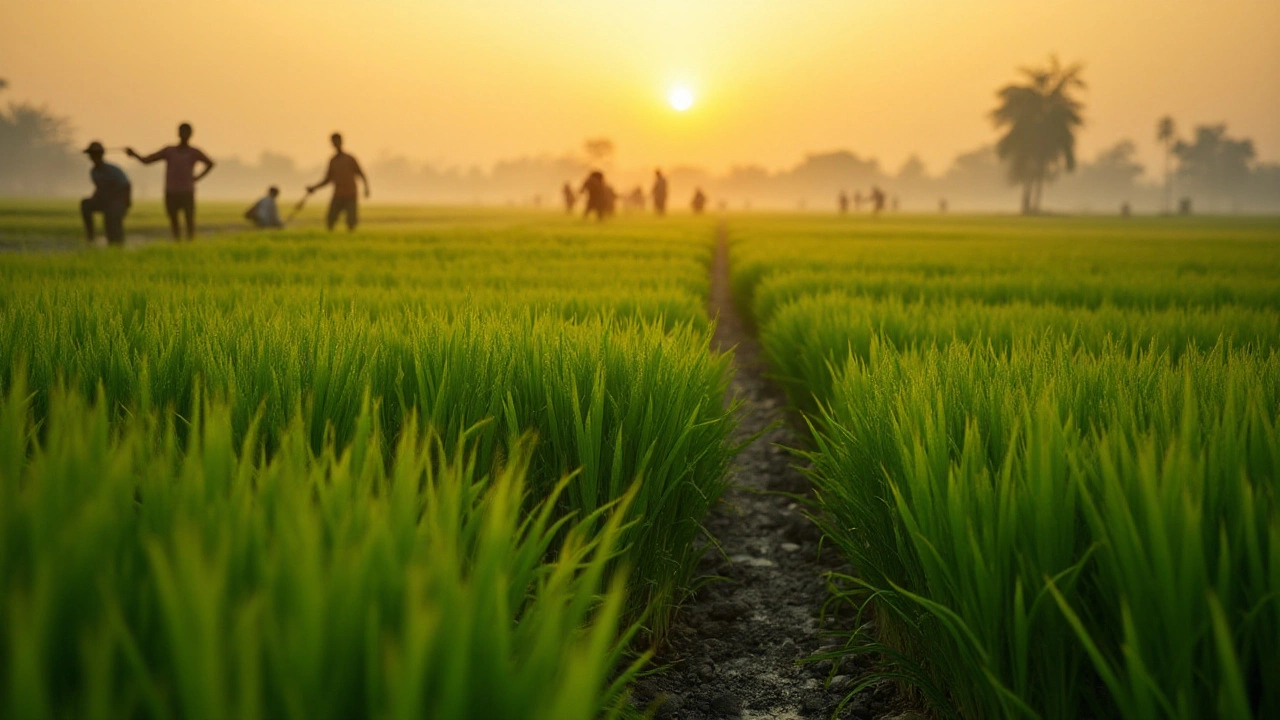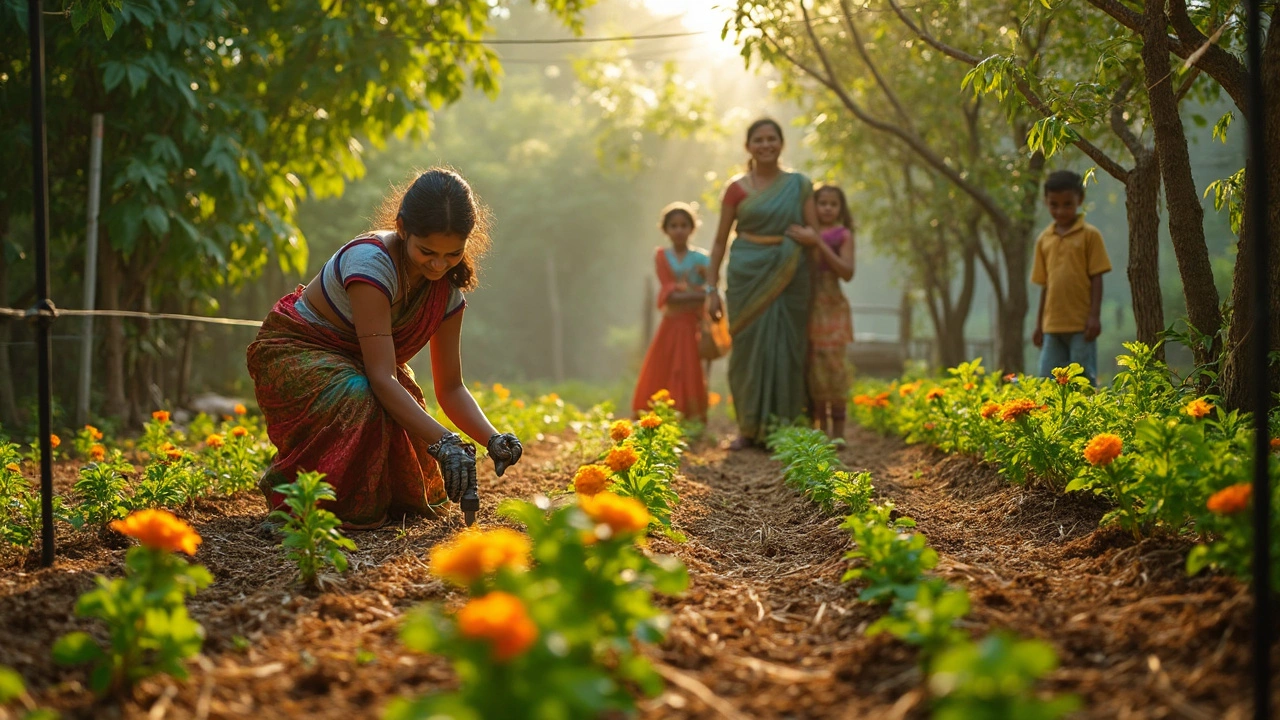Rice Yield: Understanding Production, Factors, and Improvement Strategies
When talking about Rice Yield, the amount of rice harvested per unit area, usually measured in kilograms per hectare. Also known as grain output, it reflects the efficiency of a crop cycle and directly impacts farmer income and national food security.
One of the most visible settings for paddy fields, shallow, flooded fields where rice is traditionally grown is the water‑intensive environment that shapes yield outcomes. A well‑managed paddy field balances depth, standing water duration, and drainage, creating the right oxygen‑low conditions for rice roots. The link is clear: paddy field design influences rice yield by controlling the micro‑climate that the plant experiences.
Rice cultivation, the set of agronomic practices from sowing to harvest adds another layer of influence. Timing of transplanting, seed density, and weed control all feed into the final grain output. When farmers adopt precise planting dates and proper spacing, the plant canopy closes efficiently, which boosts photosynthesis and therefore rice yield. This demonstrates the semantic triple: rice cultivation requires optimal plant density, which improves grain production.
Water management stands out as a decisive factor. Irrigation practices, methods like controlled flooding, alternate wetting and drying, and drip irrigation dictate how much water each crop receives. Efficient irrigation reduces excess water loss, cuts methane emissions, and still supplies enough moisture for the rice plants to thrive. In short, better water management enables higher rice yield while conserving a precious resource.
But water isn’t the only input; soil fertility plays a starring role. Soil health, the balance of organic matter, nutrients, and microbial activity in the field determines how well roots can absorb essential minerals. Applying the right mix of nitrogen, phosphorus, and potassium at the correct growth stage fuels robust stalks and panicles, translating into more grain per hectare. The relationship is simple: improved soil health leads to stronger plants, which lifts rice yield.
Genetic potential is the third pillar. Modern rice varieties, breeds selected for traits like disease resistance, drought tolerance, and high grain weight offer built‑in yield advantages. When a farmer plants a high‑yielding hybrid in a suitable environment, the genotype‑by‑environment interaction can boost output dramatically. Hence, the choice of variety directly influences the ultimate grain count.
Key Regional Insights and Trends
India’s rice belt, from Punjab to West Bengal, showcases how local climate, soil type, and farmer practices converge to shape yield. In the United States, states like Arkansas dominate production because of flat terrain, fertile soils, and reliable irrigation. Comparing these regions highlights the universal truth: each factor—field design, water use, soil management, and variety selection—must align to maximize rice yield. Readers will see how these elements play out across different geographies and what lessons can be borrowed.
Below you’ll find a curated set of articles that dive deeper into each of these topics. From water‑saving irrigation guides to the science behind high‑yielding rice genetics, the collection offers practical tips, data‑backed insights, and real‑world case studies. Use them to sharpen your own approach, whether you’re a farmer, researcher, or policy maker looking to boost grain output responsibly.
Maximizing Rice Yield: Pounds Per Acre Explained
Rice is one of the most important staple foods worldwide, and understanding how to maximize its yield is crucial for farmers. This article explores the factors that influence rice production per acre, including soil quality, climate, seed variety, and farming techniques. Learn practical and effective tips to increase rice yield, along with interesting insights into the challenges faced by rice farmers. Discover the ways modern technology and traditional methods are combined to enhance productivity in rice cultivation. Whether you're a seasoned farmer or new to agriculture, these insights will help you grow more rice per acre efficiently.
- manufacturing
- India
- food processing
- garden tips
- rice cultivation
- government schemes
- balcony garden
- urban gardening
- balcony gardening
- profitable business
- business ideas
- plastic manufacturing
- drip irrigation
- plant care
- steel manufacturing
- sustainable gardening
- startup ideas
- steel industry
- flower gardening
- textile manufacturers





